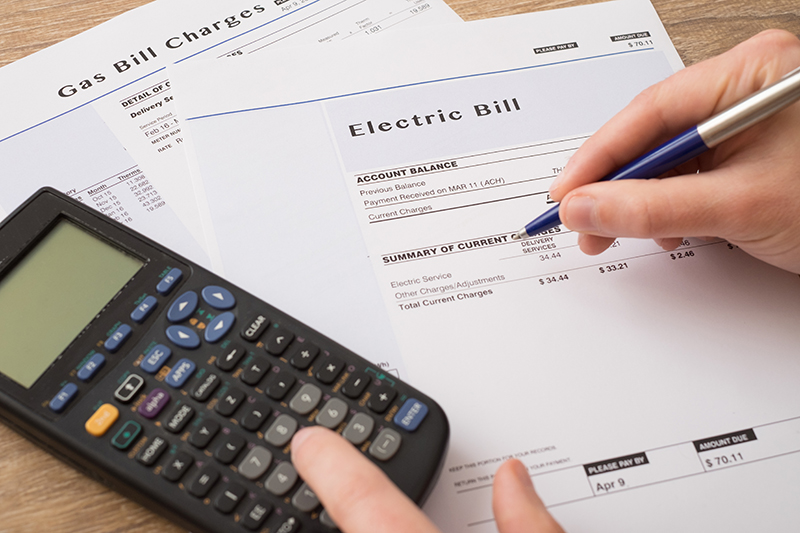How Paying Utilities Differs Among Apartment Renters

- Renters most often pay for water charges as a part of their monthly rent.
- Electricity and gas usage are more likely to be billed directly to the tenant.
- Early data suggests multifamily operators are moving toward direct tenant utility billing.
Bundling of Utility Charges in Multifamily
In previous blogs, we used the concept of ‘gross rents’ to compare total housing costs, including utilities. This way, we can account for the differences in billing practices for utilities.
In this blog, we examine how renters pay for their usage of the three most common utilities: electricity, water and gas.
Water usage is most commonly bundled with monthly rents in apartment buildings. A 67% share of households in small multifamily and 71% in large multifamily had water included in their rents¹.
With common water storage facilities, as well as pumping and heating costs, it makes sense to charge a fixed monthly water charge in multifamily properties. However, in single-family rentals (SFRs), renters can easily monitor usage individually. Rent payments covered water expenses in only 21% of SFRs.
Gas is not included as often within monthly rents. Nearly half of all large multifamily renters included gas in their monthly rent. However, only 27% did in small multifamily.
With monitoring available in individuals units, electricity usage is usually billed directly to renters. Monthly rents include electricity in only about 10% of small multifamily households and 27% in large multifamily.
Adding another layer, gas charges are included as part of the electricity bill for about 18% of multifamily households. Electricity is paid on top of the monthly rent.
Gradual Unbundling of Utilities from Monthly Rents
Going forward, improvements to submetering and monitoring technologies, and the emergence of smart buildings, will likely result in greater unbundling of utilities from monthly rental charges.
Early data shows that large multifamily buildings, which have dominated the recent inventory pipeline, are also more likely to adopt the latest monitoring technologies. The share of households paying for utilities separately from rent rose from 2015 to 2017.
In future blogs, we will take a look at the impact of these emerging monitoring technologies on the allocation of direct tenant costs in multifamily.
1 All data is sourced from the American Community Survey (ACS), unless otherwise stated. ACS statistics are sample-based estimates of the compositional profile of the total population in the given year of data collection, and include a margin of error.

